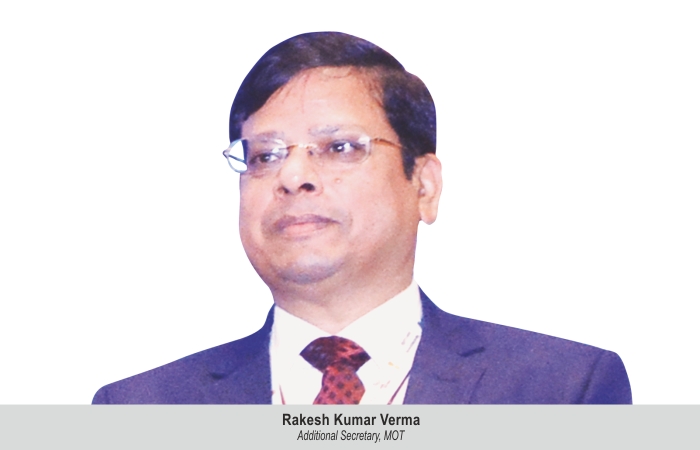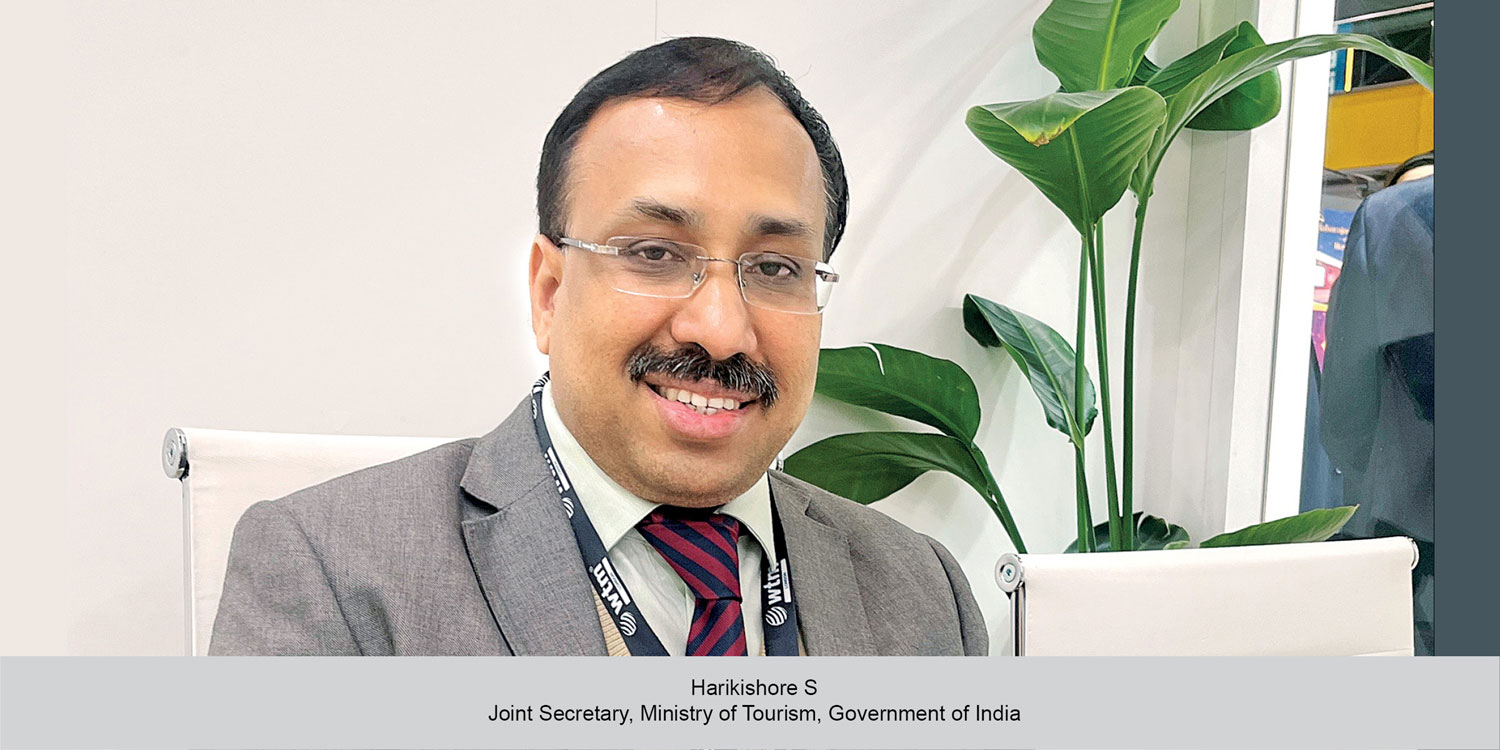If tourism in the country is to move forward, convergence of many domains and departments is necessary. If these work as a cohesive unit, a multiplier effect can be created in the development of tourism and challenges in the sector can be overcome easily, says Rakesh Verma, Additional Secretary, Tourism.
Nisha Verma
Tourism cannot move forward without convergence because it’s a cross-sectoral thing, as it has many more domains and support of many other departments is necessary, says Rakesh Verma, Additional Secretary, Tourism. He moderated the second breakout session – ‘Convergence – The Power of Collaboration’ of the post-budget webinar on ‘Developing Tourism in Mission Mode’, organized by Union Ministry of Tourism recently.
Speaking about the session on convergence in the tourism sector, Verma shared, “In this session, all departments of Central Ministries, whose initiatives impact the tourism sector were present. Apart from that, at state government level, we had inputs from Principal Secretaries of Tamil Nadu and Maharashtra. We also invited two district collectors to see at the implementation stage how this convergence and synergy is there. Apart from that, to represent the industry, office-bearers of our industry associations and leaders were there. It was visible that tourism cannot move forward without convergence because it’s a cross-sectoral thing, as it has many more domains and support of many other departments is necessary. If this support is taken properly, then a multiplier effect can be created and the challenges in the tourism sector can be removed well.”
Verma highlighted a few suggestions given during the session. “There is a group that has been made, called the Project Monitoring Group, which monitors important infra projects and same way since tourism is complex and needs support from different departments. Thus, a portal should be developed where project related information and from which agency they need clearance and we should align it with the PM Gatishakti Portal,” he said.
Destination masterplan
Verma also shared that a masterplan for destinations should be created, “whereby doing SWOT analysis, we should know in advance, which are the areas where support is needed and then the programs of that ministry and department should be plugged into it. Then the convergence and synergy will come out in a much better way.”
He added, “Same way infrastructure gap is there, which has been mapped via masterplan or otherwise, so that the involved ministries are updated that these are our priority destinations and where is the missing link, like in road, railway or airport. Thus, if infrastructure mapping is done, convergence can be done in a better way.”
Focus on quality of services
He informed that the Bureau of Indian Standards and Ministry of Commerce is working on National Standard of Quality of Services. “They have also suggested that if we take the standards forward in a good way, the ministries can also contribute very well in the same by getting those standards in different segments like skills, marketing and promotion. For everything we should have standards and practices.” In the same way, said Verma, “funding, convergence, program objectives was highlighted. At many places the funds of schemes can be dovetailed, if we can pool funds at district level and achieve a common objective.”
Environment & Wildlife
He also said that environment and wildlife is a sensitive segment. “On this, Ministry of Environment and Forests have a lot of plans to develop wetlands, ecotourism and the vision is to develop them for high-end tourists. In that there is involvement of many departments—not just infrastructure, but even departments related with skills and livelihoods. In this way, they are taking all the ministries who want to do development in wetlands and ecotourism,” he shared. Another suggestion, Verma said, was of joint participation in events. “It was mentioned that there can be a taskforce at the state level to fast track the issues, particularly form regulatory side. Another suggestion was to sensitise every department about the importance and value of tourism and the peculiar issues that tourism has. There is a need to create awareness on all this, and based on that we should design a program where all stakeholders can be sensitised, because this convergence is very important aspect, but achieving it is not easy. The suggestion was for continuous education and sensitisation.”
Destination management
He said that the objective was that if we can document with clarity what the destinations need, and which ministry can offer what, everyone will have their role clear. “Communities are very important for the projects and plans that we make. Every ministry needs to keep community event,” he said.
Capacity development for guides
Another issue that was highlighted was capacity development for guides. “In Arth Ganga, they have used the ashrams at Ganga to develop spiritual tourism. In Artha Ganga, there are many components that are tourism relevant. They are making intangible and tangible heritage directories. Hence, MOT can use it and make good tourism products and experiences around it. We can use their support to promote the same,” suggested Verma.
Industry view
“From industry, it was suggested that we need to have convergence from the regulatory side as well, whether it is from our hotels, restaurants, and other tourism related businesses. What are the touchpoints of those businesses, will also have to be raised with different departments and different regulatory authorities. We need to give them ease of doing business and how the compliance burden can be reduced. Compliances should be there, but the process should be efficient, so that businesses do not have any problem,” he said.
He also mentioned about urban local bodies. “We need to see how can we take help from them. In Swacchh Bharat Mission, the concept of aspirational toilets was mentioned. This is not only basic toilets, but we need to create aspirational toilets, so that good quality public conveniences are available. We can use this very well for tourism destinations,” he said.
He also talked about self employment and self-help group cooperatives. “These are multiple schemes on the supply side—communities and individuals—how they can be strengthened and supported so that they can continue in the tourism sector through jobs, entrepreneurship. Many ministries are working on this. If a mapping can be done at the district level, and every district with a target of 500-1,000, can be covered via different programs. Last mile connectivity was also highlighted. Verma mentioned, “After highway is made or railway station is made, circulation needs to be constructed. Hence, whether it is municipal body or road, the last mile connectivity is important.” He informed that at district level, collectors shared their experience. “There also conservation versus development issues arise for clearances, and if the district administration is sensitised well, they can strike a balance,” he said.
 TravTalk India Online Magazine
TravTalk India Online Magazine





